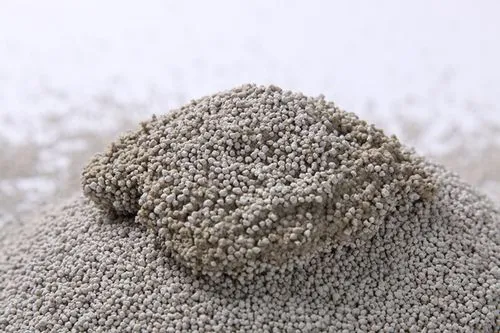
Exploring the Various Categories and Characteristics of Fly Ash in Construction Applications
Different Types of Fly Ash An Overview
Fly ash, a byproduct of the combustion of pulverized coal in electric power generating plants, has gained significant attention in recent years due to its multifaceted applications and contributions to sustainable construction practices. As various types of fly ash are produced based on the source of coal and the methods of combustion, understanding these differences is essential for optimizing its use in construction, engineering, and environmental stewardship. This article explores the different types of fly ash, their characteristics, and their applications.
Classification of Fly Ash
Fly ash can be broadly classified into two main categories Class F and Class C. The classification is primarily based on the chemical composition and the properties of the ash, which are determined by the type of coal used in combustion.
1. Class F Fly Ash Class F fly ash is produced from burning anthracite or bituminous coal. It is characterized by a low lime content, typically less than 10%, and a higher silica (SiO₂), alumina (Al₂O₃), and iron oxide (Fe₂O₃) content. This type of ash is generally more resistant to chemical attack, making it suitable for use in more demanding structural applications. Its pozzolanic properties, which occur when it reacts with calcium hydroxide in the presence of water to form compounds that can provide cement-like properties, make it ideal for concrete production. Moreover, Class F fly ash contributes to improving the durability, workability, and long-term strength of concrete.
2. Class C Fly Ash Class C fly ash is derived from burning lignite or sub-bituminous coal and contains a higher lime content, typically over 20%. This type of fly ash has both pozzolanic and cementitious properties, meaning it can not only enhance the strength of concrete but also harden independently when mixed with water. Class C fly ash is often utilized in structural fill, pavement bases, and as an additive in cement production. Its enhanced self-cementing characteristics allow for efficient use in construction applications, often resulting in quicker set times and increased early strength development.
Chemical Composition and Properties
Both Class F and Class C fly ash consist of varying percentages of silica, alumina, iron oxide, and calcium oxide, among other trace elements. The specific chemical composition impacts their reactivity, strength, and performance in different applications. For instance, the pozzolanic nature of Class F fly ash makes it effective for enhancing the strength and durability of concrete, while the higher lime content in Class C fly ash provides additional benefits in terms of early strength gain and ease of use in construction.
different types of fly ash

Applications of Fly Ash
The applications of fly ash in construction and engineering are diverse. In concrete production, fly ash is commonly used as a partial replacement for Portland cement, leading to a reduction in greenhouse gas emissions associated with cement manufacturing. By substituting fly ash for cement, it is possible to reduce the overall carbon footprint of concrete production while also enhancing the material's performance.
Furthermore, fly ash is employed in soil stabilization, where it improves the bearing capacity and reduces plasticity in soil. Its use in lightweight aggregates helps in creating lighter concrete mixtures, making it ideal for applications in bridge and tunnel construction.
Beyond construction, fly ash provides an eco-friendly alternative in the production of bricks and blocks. Utilizing fly ash in masonry products reduces waste and conserves natural resources, making the manufacturing process more sustainable.
Environmental Impacts
The use of fly ash has significant environmental benefits. It promotes the recycling of industrial waste, reduces landfill usage, and conserves natural resources. However, concerns regarding the heavy metals and toxins present in fly ash have raised questions about its safe use, particularly in applications involving direct contact with soil or groundwater. To mitigate these risks, it's essential to perform comprehensive testing and follow regulatory guidelines related to the use of fly ash in construction.
Conclusion
In summary, fly ash is a versatile material with varying types, each possessing distinct properties that lend themselves to different applications in the construction industry. Class F and Class C fly ash not only enhance the performance of concrete and other building materials but also offer sustainable alternatives to traditional resources. By harnessing the potential of fly ash, the construction industry can take significant strides toward more eco-friendly practices while ensuring structural integrity and durability. Understanding the different types of fly ash is crucial for leveraging its benefits and addressing environmental concerns associated with its use.
Share
-
Premium Resin Coated Sand - High Heat Resistance CastingNewsJul.31,2025
-
High Quality Silicon Carbide Grit for Abrasive ApplicationsNewsJul.30,2025
-
High-Quality Ceramsite for Plants & Gardening | Lightweight PebblesNewsJul.29,2025
-
Premium Burgundy Glass Marbles for Vases & Shooter GamesNewsJul.29,2025
-
High Purity Quartz Sand for Industrial and Ground ApplicationsNewsJul.29,2025
-
High-Quality Barite Powder for Drilling & Industrial UseNewsJul.29,2025






